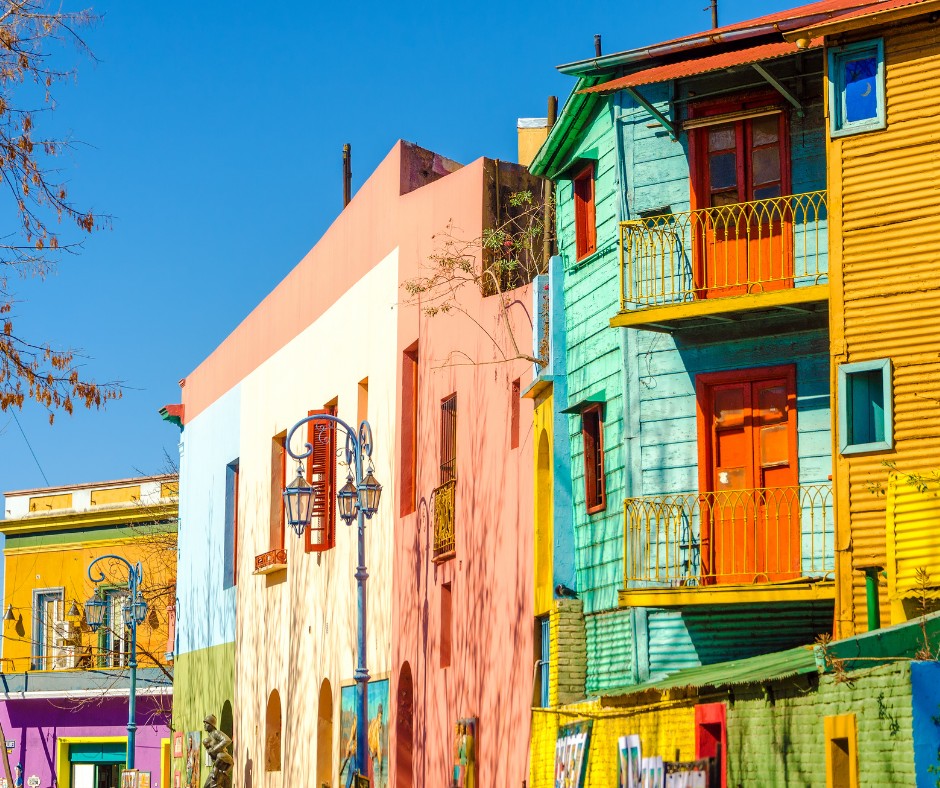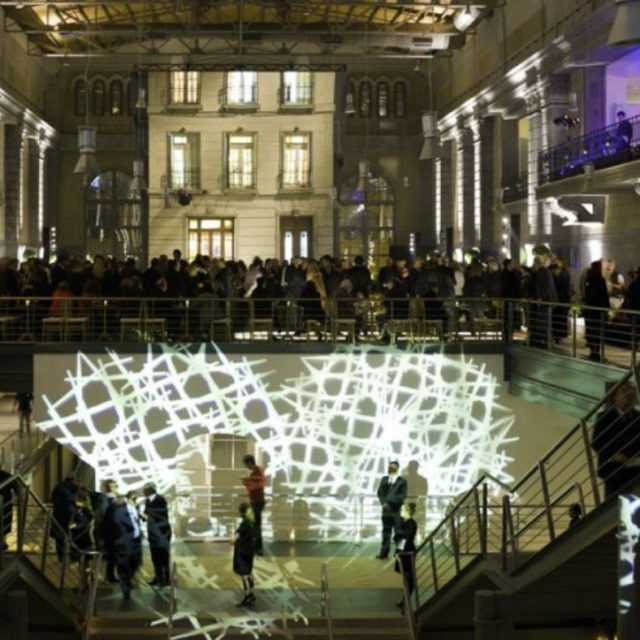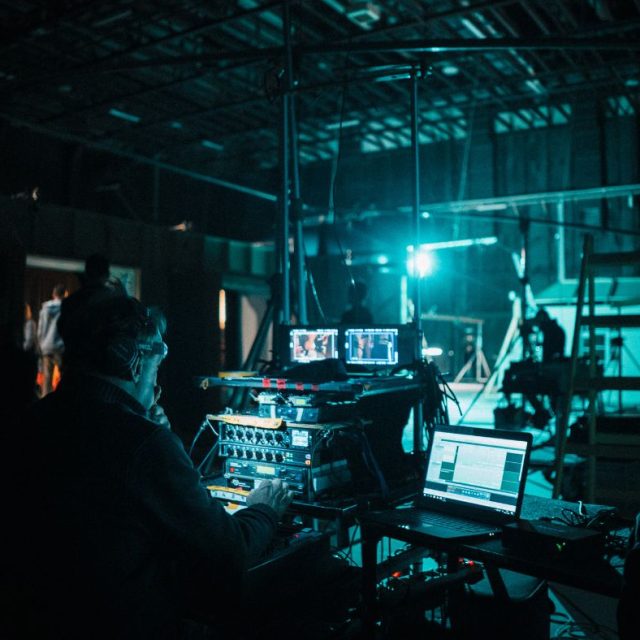A City of Culture, Freedom and Public Engagement
Buenos Aires’ population is 3 million and is one of the most diverse cities in South America, with 13% of residents born outside the country

Cultural Heritage
Buenos Aires, founded by the Spanish in the 16th century, has always been a trading city, earning residents the nickname ‘porteños,’ or people of the port. In the late 19th century, as the capital of an independent Argentina, Buenos Aires prospered greatly, known for its vibrant cultural life and impressive architecture. However, during the latter half of the 20th century, the city experienced national political and economic turmoil. Since Argentina’s return to democracy in 1983, Buenos Aires has embarked on a new era of growth, benefiting from its rich cultural heritage.
The Teatro Colón, established in the 19th century, stands as a world-leading opera house. Tango remains a significant cultural export, boasting its own festival, World Cup, dance halls (milongas), and local dance competitions. In 2009, UNESCO officially recognised tango as part of the intangible cultural heritage of humanity.
Embracing Change
The city continues to enjoy high levels of cultural participation, a thriving independent cultural scene, and a history that champions freedom of expression and public engagement. The government views public spaces as strategic platforms for collaborating with community cultural organisations. With over 80 festivals taking place throughout the year, Buenos Aires is committed to supporting these cultural celebrations. The Tango Festival, attended by 600,000 people annually, stands as the city’s most popular festival. Both the Buenos Aires International Independent Film Festival (BAFICI) and the International Theatre Festival (FIBA), a biennial event, have been running for over two decades.
Despite its engaging cultural programs and relatively high cultural participation rates, Buenos Aires grapples with the challenge of centralised access to culture. Some neighbourhoods are situated up to 40 streets away from the nearest cultural activities, while others are only one street away. Initiatives like Barrios Creativos (Creative Neighbourhoods) and Arte en Barrios (Art in Neighbourhoods) aim to extend the cultural offerings beyond traditional geographic boundaries. These efforts seek to not only facilitate access to cultural activities in outlying areas but also broaden the definition of culture itself.
Independent cultural centres play a pivotal role in this decentralisation strategy. The Usina del Arte (Arts Factory), opened in 2012 in a restored power station in the underdeveloped neighbourhood of La Boca, includes a 1,200-seat concert hall. The Centro Cultural Recoleta (Recoleta Cultural Centre), operating for more than three decades, offers a multidisciplinary space for discovering works by young creators and serves as an entry point for teenagers into the arts. It encompasses visual arts, music, dance, theatre, literature, cinema, urban culture, and design. Another significant centre is the Theatre Complex of Buenos Aires, hosting a program of over 1,700 performances across four theatres: San Martin, Ribera, Sarmiento, and Regio.

The Role of the Policymaker
Buenos Aires has been a pioneer in creative industry development in Latin America, representing nearly 10% of its economy. Through a combination of urban regeneration and tax incentives, the city has aimed to establish a sustainable model for its creative sector, contributing to its designation as the first UNESCO City of Design in 2005.
The city’s thematic districts program clusters strategic sectors in diverse neighbourhoods, such as the Arts District in La Boca, Audiovisual District in Palermo, Design District in Barracas, and Technology District in Parque Patricios. This initiative seeks to revitalise underdeveloped urban areas, making them more competitive, attractive to industry, and inclusive of local communities and workers.
The broader Design District Project includes the Metropolitan Design Centre (CMD), an innovative hub for the creative industries. This vast former fish market, located near the river, has been transformed into a design hub offering business incubation, training courses for enterprises, and residency programs. The CMD also features an auditorium and a 3,000-square-meter space for exhibitions and displays.
The Future
Buenos Aires, emerging as a major hub for the creative industries, is living up to its rich history as one of Latin America’s leading cultural cities.
Images copyright © Getty Images/Canva




